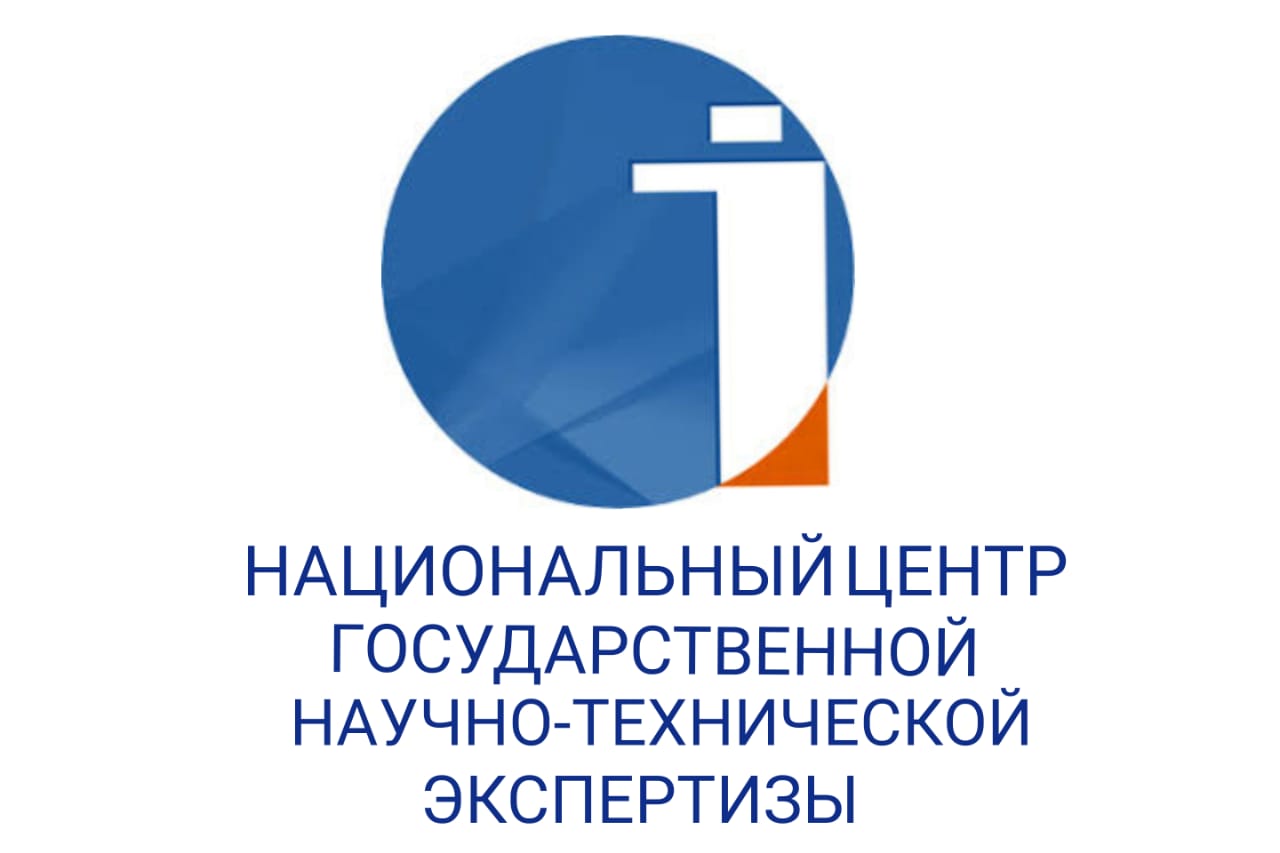ҒЫЛЫМИ ЖОБА СТУДЕНТТЕРДІҢ ӨЗІНДІК ЖҰМЫСЫН ҰЙЫМДАСТЫРУ НЫСАНЫ РЕТІНДЕ
##plugins.pubIds.doi.readerDisplayName##:
https://doi.org/10.48371/PHILS.2025.2.77.026Кілт сөздер:
этимологиялық талдау, тарихи грамматика, жобалық қызмет, құзыреттіліктер, орыс тілі, кірме сөздер, жалпыславян тілдері, түркі тілдеріАннотация
Қазіргі білім берудегі оқытудың коммуникативтік негізі жеке тұлғаның сөйлеу мазмұны мен мағынасын түсінуіне; тілді тиімді қарым-қатынас құралы ретінде пайдалануына; функционалдық сауаттылықтың негізгі компоненттерін – ақпараттық дағдыларды, сыни және шығармашылық ойлауды, коммуникация мен ынтымақтастықты көрсететін жалпы эрудиция мен еркін сөйлеуді дамытуға бағытталған. Зерттеу тақырыбының өзектілігі жоғары оқу орнында «Орыс тілінің тарихи грамматикасы» пәнін көпдеңгейлі тәсіл арқылы меңгертудің қажеттілігінен туындайды. Бұл тәсіл этимологияны, тарихи аспектілерді және мәдени-құндылық бағдарды қамтып, педагогикалық технологиялармен ықпалдаса отырып, орыс тілі ана тілі болып табылмайтын білім алушылардың жалпы және кәсіби құзыреттерін қалыптастыруға мүмкіндік береді. Мақаланың мақсаты 6В01705 «Орыс тілінде оқытпайтын мектептердегі орыс тілі мен әдебиеті мұғалімін даярлау» білім беру бағдарламасы бойынша білім алушылардың орыс тілін меңгеруінің тарихи аспектілерін игеру үдерісінде СӨЖ нысаны ретінде ұсынылатын ғылыми жобалар тақырыптарының бірі – фитоним сөздердің лексикалық-семантикалық тобын этимологиялық тұрғыда зерттеу болып табылады.
Зерттеудің теориялық маңыздылығы сөздердің этимологиялық байланыстарын анықтауға бағытталған мұндай ізденістер тек лексикологиялық деректерді ғана емес, сонымен қатар тілдің дыбыстық және грамматикалық жүйесіндегі маңызды тарихи өзгерістерді терең тануға жағдай жасайтынында. Практикалық маңыздылығы тілдің даму ерекшеліктерін және оның құрылымдық жүйесін (лексика, фонетика, грамматика) тарихи үдерістер мен өзара әрекеттесулердің нәтижесі ретінде түсінумен байланысты. Бұл қазіргі орыс тілінің фактілерін терең ұғынуға, білім алушылардың сыни ойлау қабілетін дамытуға және лингвистикалық таным шеңберін кеңейтуге негіз болады.
Жұмыс барысында жұмыс материалын сипаттау кезінде лингвистикалық зерттеу әдістері (сөздіктерден материалды жаппай іріктеу, сөзді қайта құру, сипаттамалық, салыстырмалы-тарихи, құрылымдық, семантикалық параллельдер әдісі, сауалнама әдісі) және талданатын фитонимдерді санау кезінде статистикалық әдіс қолданылды.








